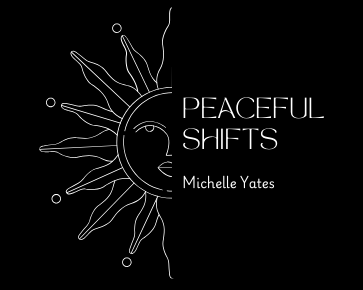
Mindfulness has become a popular topic in recent years, often celebrated as a gateway to greater peace and clarity in our modern, chaotic lives. But what is mindfulness really, and how can it be woven into our daily routine? Beyond the buzzwords, there are lingering myths that cloud its true essence, making it seem either overly mystic or impossibly difficult. Let’s unravel these misconceptions and explore practical ways to embark on a mindfulness journey.
At its core, mindfulness is the art of paying attention—on purpose, in the present moment, and without judgment. It’s not about emptying your mind of thoughts or achieving a zen-like state of tranquility. Instead, it’s about gently observing your thoughts, feelings, and sensations as they arise, without clinging to or pushing them away. Think of it as standing at the edge of a stream, watching the water flow by rather than jumping in and getting carried away by the current. This act of conscious awareness fosters a sense of calm and allows us to respond to life’s challenges with greater clarity.
Unfortunately, mindfulness often gets tangled in myths that deter people from giving it a fair chance. One of the most common misconceptions is that it requires hours of meditation each day, sitting cross-legged in perfect silence. While meditation is a powerful tool to deepen mindfulness, it’s not the only way to practice. Another myth is that mindfulness is about suppressing thoughts or “thinking about nothing.” In truth, mindfulness invites us to engage fully with what’s happening in the here and now, even if that includes a whirlwind of thoughts or emotions. There’s also a notion that mindfulness is reserved for the deeply spiritual or those seeking enlightenment. This couldn’t be further from the truth—mindfulness is for everyone, from busy parents to corporate executives, and its benefits are supported by a growing body of scientific research.
If you’re new to mindfulness, the good news is that the practice can be remarkably simple and accessible. One of the easiest ways to begin is by focusing on your breath. Find a quiet space, even if it’s just a few minutes in your car or at your desk. Close your eyes and pay attention to the sensation of your breath as it enters and exits your nose or mouth. If your mind wanders—and it will—that’s perfectly okay. Gently guide your attention back to your breath, treating yourself with kindness rather than frustration. Another approach is to incorporate mindfulness into daily activities like eating, walking, or even doing the dishes. Notice the colors, textures, and tastes of your food, or the sensation of water on your hands as you wash a plate. These small acts of presence can transform mundane moments into opportunities for connection and grounding.
Mindfulness doesn’t demand perfection, nor does it promise a life free of challenges. What it offers is a pathway to living with greater intention and awareness, cultivating a sense of ease even in the midst of life’s inevitable storms. Whether you start with a minute of focused breathing or choose to immerse yourself in a meditation class, the journey is uniquely your own—and it begins wherever you are right now.
Michelle Yates 4/3/25
Discover more from Peaceful Shifts
Subscribe to get the latest posts sent to your email.
